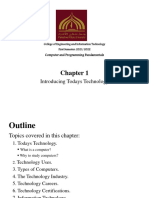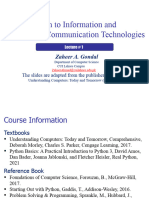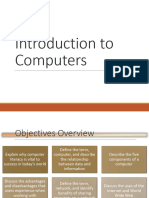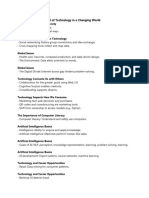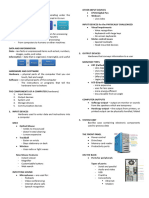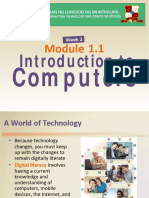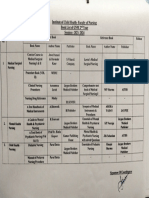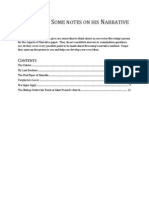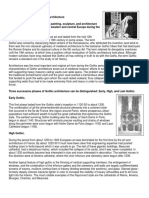0% found this document useful (0 votes)
33 views11 pagesModule I
The document provides an extensive overview of computers, their applications across various fields such as education, healthcare, and business, and the basic structure of computer systems. It also covers networking concepts, e-commerce models, enterprise resource planning, database management systems, and future technology trends like cloud computing. Each section highlights key components, technologies, and their implications for productivity and innovation.
Uploaded by
nooroscientistCopyright
© © All Rights Reserved
We take content rights seriously. If you suspect this is your content, claim it here.
Available Formats
Download as DOCX, PDF, TXT or read online on Scribd
0% found this document useful (0 votes)
33 views11 pagesModule I
The document provides an extensive overview of computers, their applications across various fields such as education, healthcare, and business, and the basic structure of computer systems. It also covers networking concepts, e-commerce models, enterprise resource planning, database management systems, and future technology trends like cloud computing. Each section highlights key components, technologies, and their implications for productivity and innovation.
Uploaded by
nooroscientistCopyright
© © All Rights Reserved
We take content rights seriously. If you suspect this is your content, claim it here.
Available Formats
Download as DOCX, PDF, TXT or read online on Scribd
/ 11








